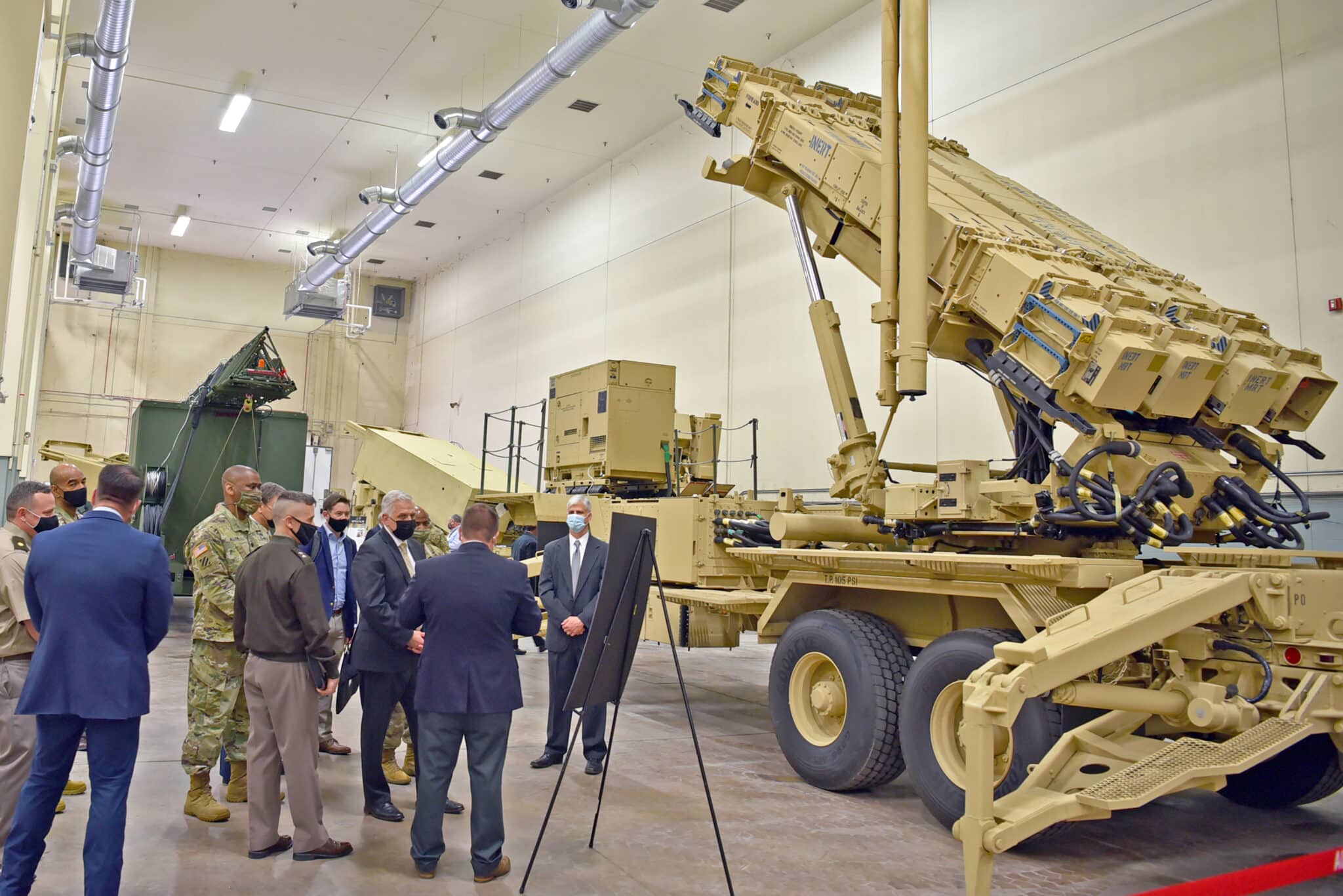Late last week, the Senate Armed Services Committee finalized its consideration of the fiscal year 2015 policy legislation for the Department of Defense. It is important to differentiate between these “authorizing” bills and the ones that actually have the power to appropriate money. So, although the bill and report language talks about so much money for this and so much money for that, remember that this legislation initiates no actual spending.
Overall, the bill authorizes $514 billion for the Pentagon and the national security programs at the Department of Energy. The good news for the taxpayer, (this part of the column will be short), is the committee didn’t include any authority to spend money for the Overseas Contingency Operations account. And the committee includes language requiring the secretary to plan to transition money from the contingency budget to the “base” budget – but only for the Special Operations Command.
The Pentagon requested a placeholder of close to $80 billion for Overseas Contingency Operations, but the request contains no details on how that money would be used. For some reason, the House Armed Services Committee went ahead and authorized the full $79.4 billion. Details to follow, we hope!
In the area of more good news, the Senate committee went along with the Pentagon’s request to cap the pay raise for military service members at 1 percent and freeze the pay of generals and admirals. It also reinstated a previous cap on the retired pay of generals and admirals, but “grandfathered” in some of those officers.
Now for the bad news for those of us paying the bills. The administration’s attempts at modest reformsto “Tricare for Life,” a reference to the health care program used by veterans, were rejected. And so was an attempt to gradually reduce the subsidy to military commissaries and bring them more in line with how base exchanges are run. However, the Senate committee press release is quick to note, the bill does authorize commissaries to stock generic products.
The bill authorizes $261 million for modifications to the M-1 Abrams tank that the Pentagon didn’t ask for. It also prohibits the Air Force from retiring or preparing to retire either the A-10 or the Airborne Warning and Control Aircraft and goes on to prohibit the service from any “significant changes in manning levels” among the people who fly or support those aircraft. And while we’re on the subject of prohibiting the retirement of any programs, add these to the list: the Navy can’t use any funds on inactivation of the aircraft carrier USS George Washington, the secretary of the army’s existing authority to abolish any arsenal he considers unnecessary is revoked, no round of base closure is allowed, and the committee increased funding for the mixed oxide fuel program, which the administration wants to put in “cold storage,” by $145 million.
And still in the category of bad news for the taxpayer, the Senate committee authorized full funding (almost $6 billion) for the painfully expensive F-35 fighter aircraft. The committee doubled down on the F-35 by authorizing the full request and also authorizing funds for the A-10 and the EA-18G Growler. And while our recent analysis identified the A-10 and the Growler as potential alternatives to meet the myriad missions the Air Force wants to assign to the F-35, the whole point of looking at existing alternatives is you don’t fund the shiny, expensive, new item; instead, you just fund the alternative aircraft.
And, yes, still in the category of bad news for the taxpayer, the Senate committee established a “National Sea-based Deterrence Fund” that would put funds, starting with a little “seed” money of $100 million, that would take the replacement of the Ohio class submarine program out of the Navy’s budget and, apparently, make it a “national asset” paid for out of some generic pot of DoD funds. This is the Congress’ weak attempt to sidestep the cold truth that it no longer works for each of the military departments to receive roughly one-third of the “total obligational authority” for the development and purchase of weapons. No one wants to admit that this old formula no longer works, so watch for more attempts to make things like intercontinental ballistic missiles and long range strike bombers “national assets.”
Moving past bad news and into unintended irony, the draft bill expresses the Sense of the Senate that, “sequestration is having an adverse impact on the defense budget and calls for the enactment of deficit-neutral legislation to increase the budget caps for national defense, offset by a bipartisan, comprehensive package.” We’re not sure where the Senate committee has been for the last couple of years, but we think that was almost exactly the task of the so-called “super committee.” And we know how that worked out.











Get Social